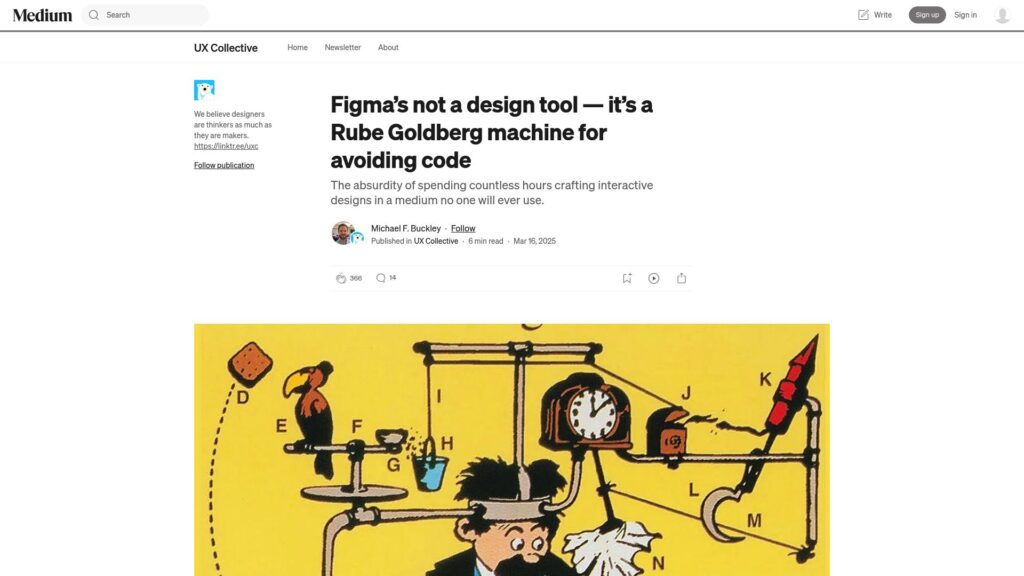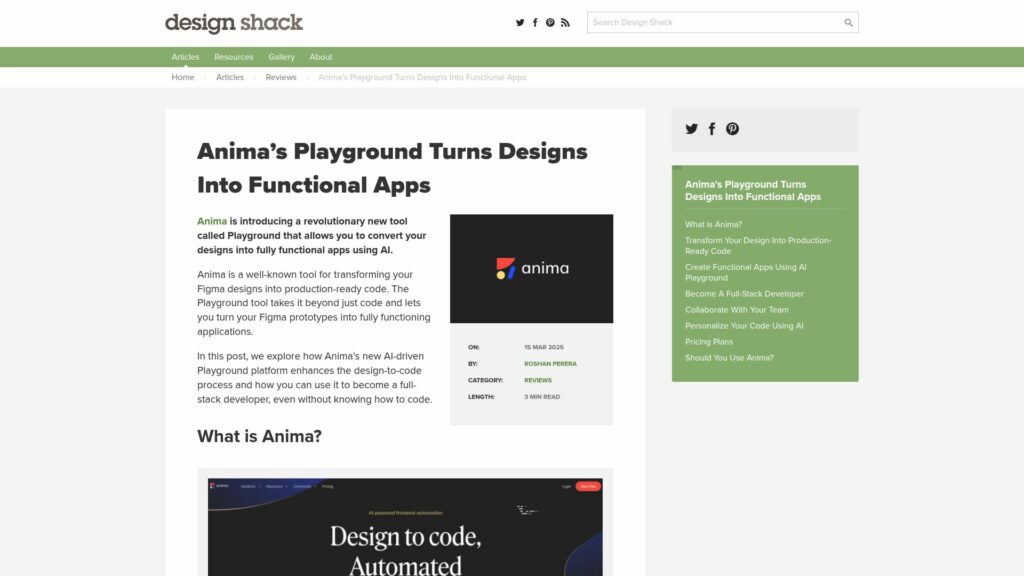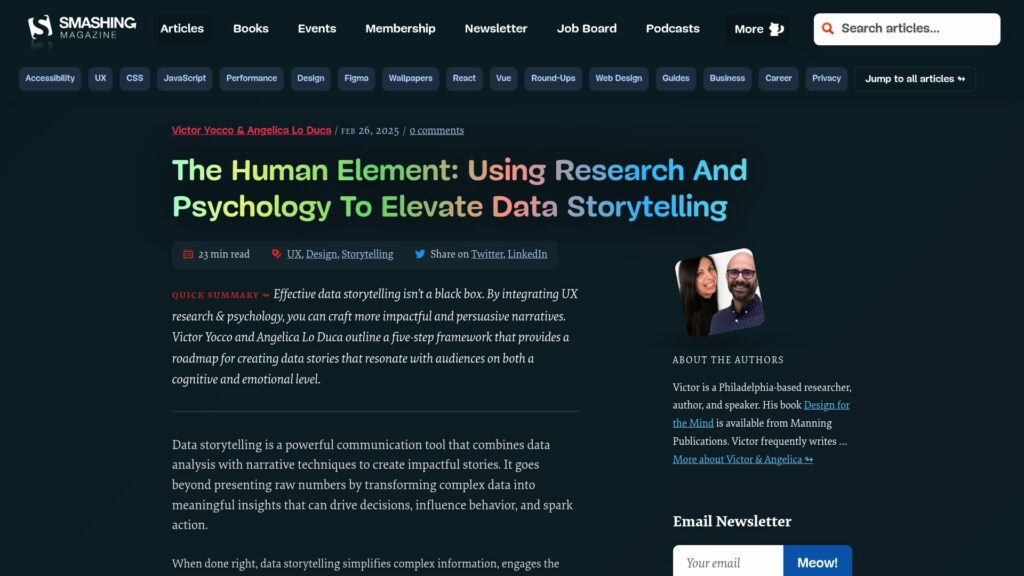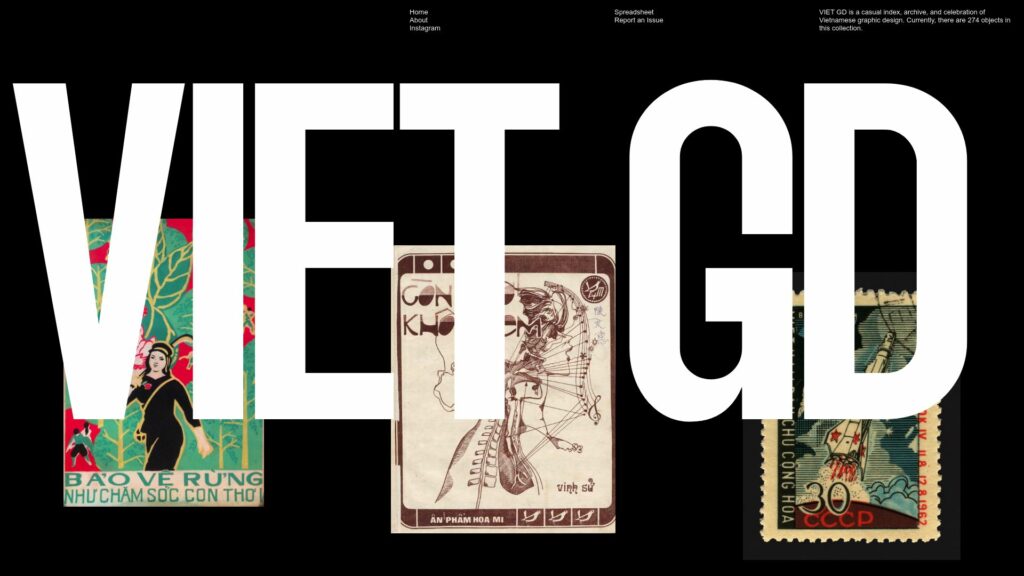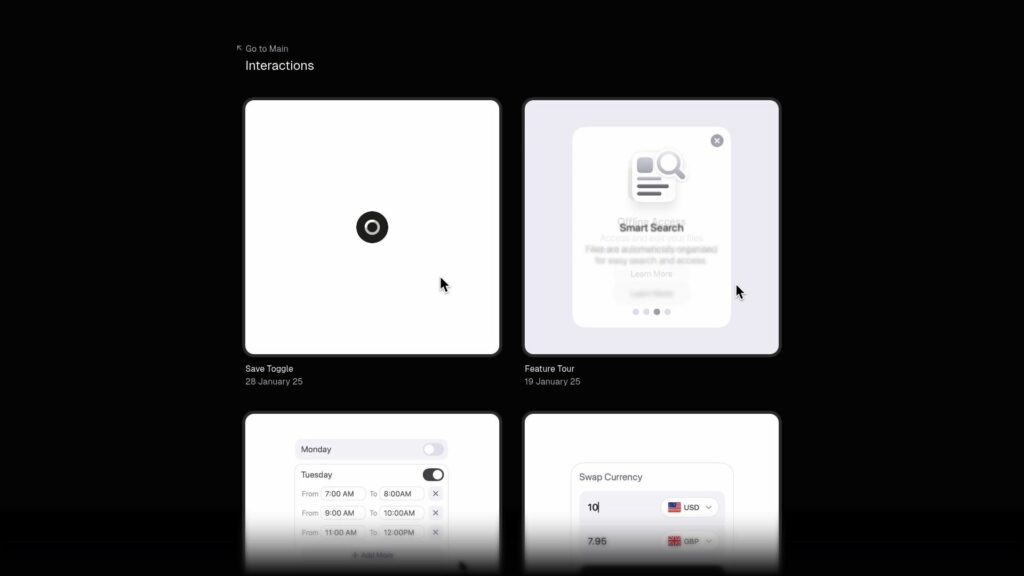Figma’s Not a Design Tool — It’s a Rube Goldberg Machine for Avoiding Code
Figma is critiqued as a complex tool used by designers to avoid coding, akin to a Rube Goldberg machine. Designers often spend excessive time creating elaborate prototypes instead of learning basic coding skills, which leads to misunderstandings with developers. This reliance on Figma encapsulates a mindset where designers perceive coding as unnecessarily technical, despite it being essential for realistic execution. The author advocates that understanding basic coding enhances design capability, urging designers to abandon their avoidance tactics and engage more constructively with development processes.
